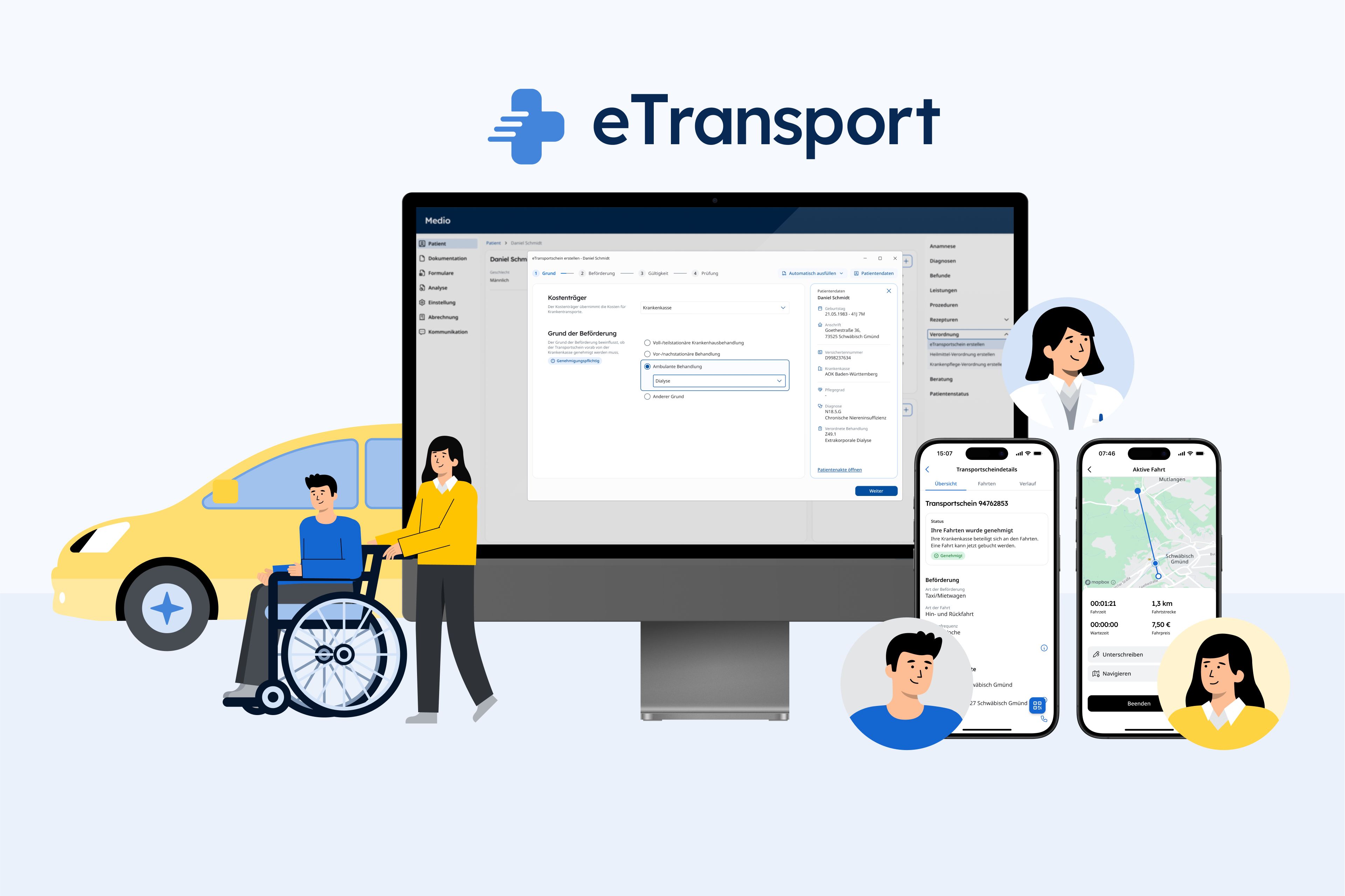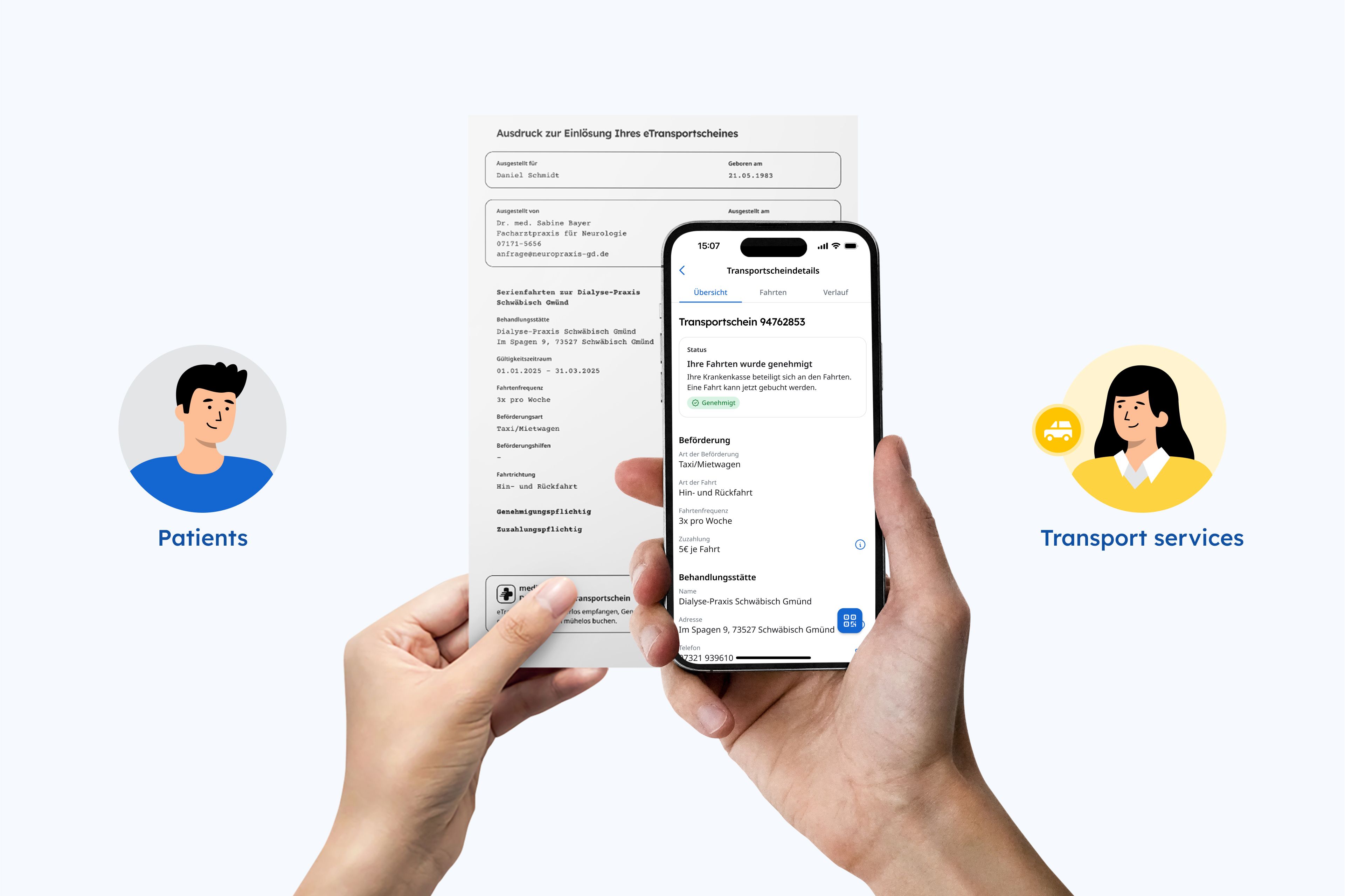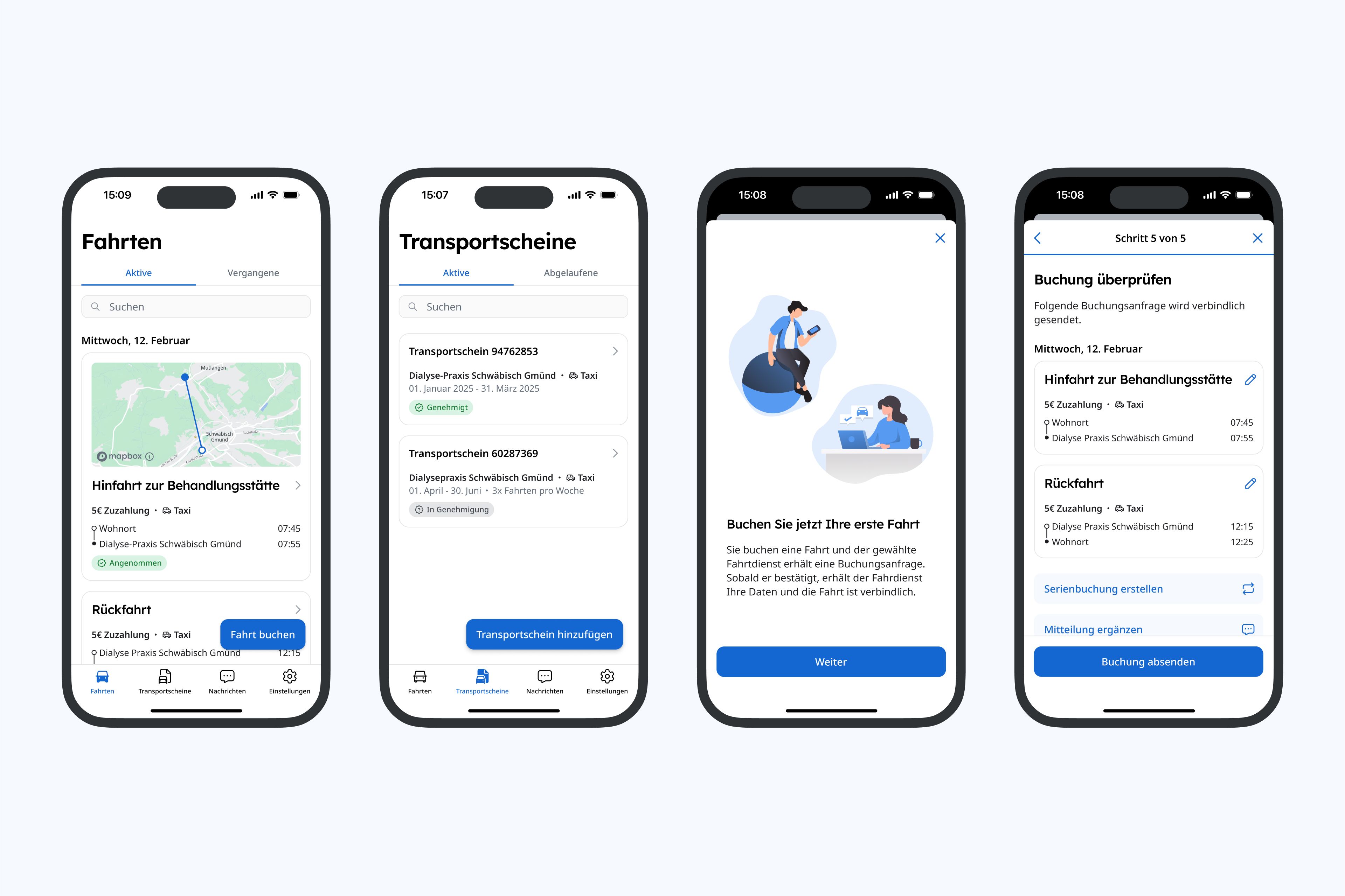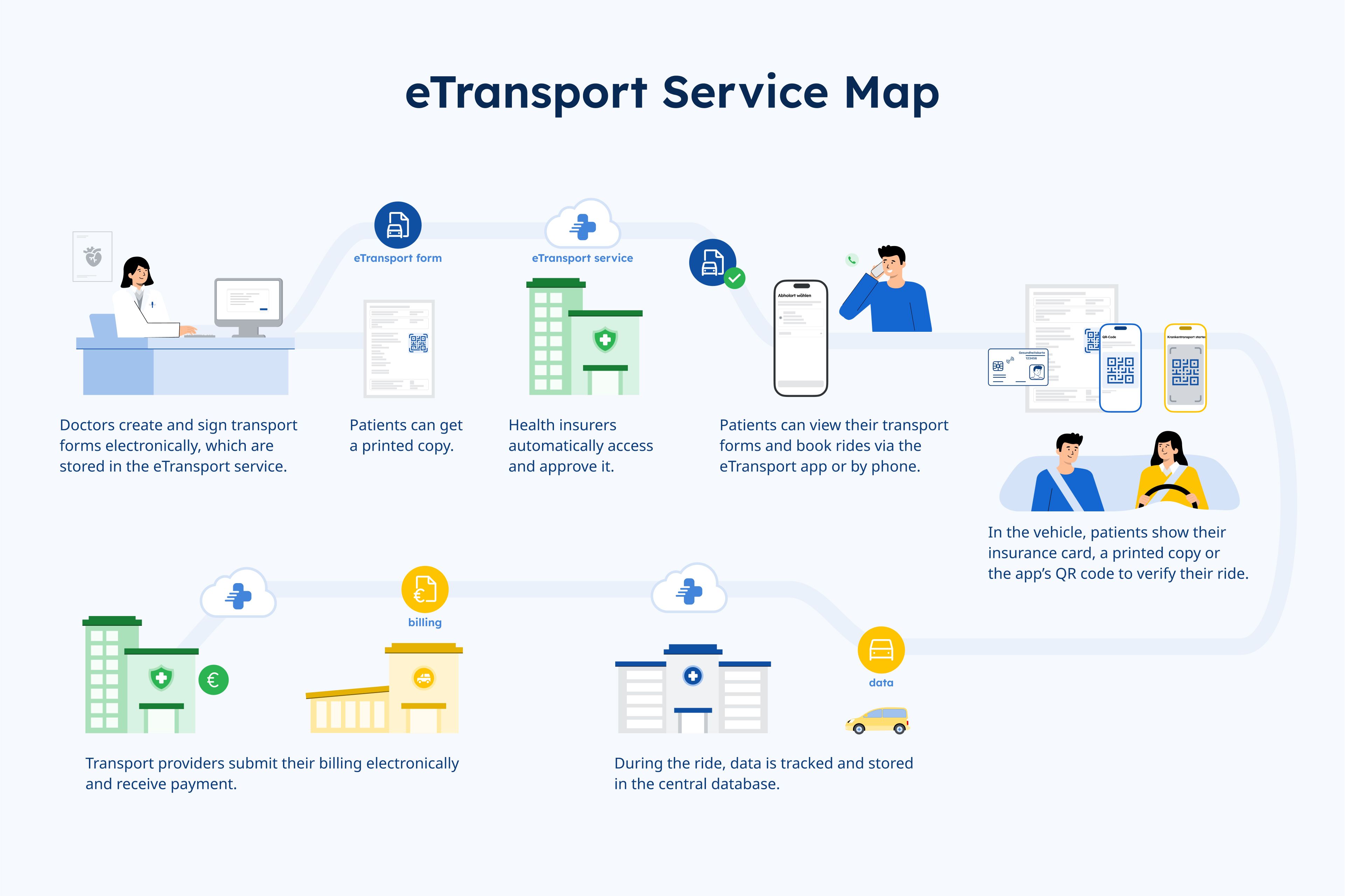
Designers
Jun Wang, Mark Eisele
Year
2025
Category
New Talent
Country
Germany
School
University of Applied Sciences Schwäbisch Gmünd
Teacher
Andreas Pollok, Hartmut Bohnacker

Three questions to the project team
What was the particular challenge of the project from a UX point of view?
From a UX perspective, the main challenge was designing a solution for a highly heterogeneous and vulnerable user group, including elderly patients, busy doctors, and administrative staff. Each group has different digital literacy levels and workflow needs. We had to ensure the interface was intuitive, minimized errors, and supported both digital and physical workflows. Achieving clarity, accessibility, and trust across such diverse users required a thoughtful balance between automation and user control, while also integrating into Germany’s fragmented healthcare infrastructure.
What was your personal highlight in the development process? Was there an aha!-moment, was there a low point?
An early challenge was balancing the diverse needs of all stakeholders, including patients, doctors, insurers, and transport providers. It was difficult to define how information should flow across such a fragmented system. Finding the right balance took multiple iterations, but ultimately strengthened our design.
Our highlight was during user testing our prototype, when a doctor confirmed that it was both practical and valuable within the German healthcare system. This was also confirmed when we presented our solution to the German National Agency for Digital Medicine, which acknowledged the feasibility and relevance of our approach. This reassured us that our concept could genuinely simplify the patient transport process.
Where do you see yourself and the project in the next five years?
We both see ourselves continuing to grow in the field of design, especially at the intersection of technology, healthcare, and user-centered innovation. Over the next five years, we aim to deepen our expertise, work on meaningful projects, and contribute to systems that have real impact. For this particular project, we hope to see our concept further developed and implemented in the German healthcare system, where it can help reduce complexity and improve efficiency in patient transport. It would be incredibly rewarding to see our design not only used in practice, but also making a difference in people’s everyday lives, especially for those who are often overlooked in digital transformation processes.


